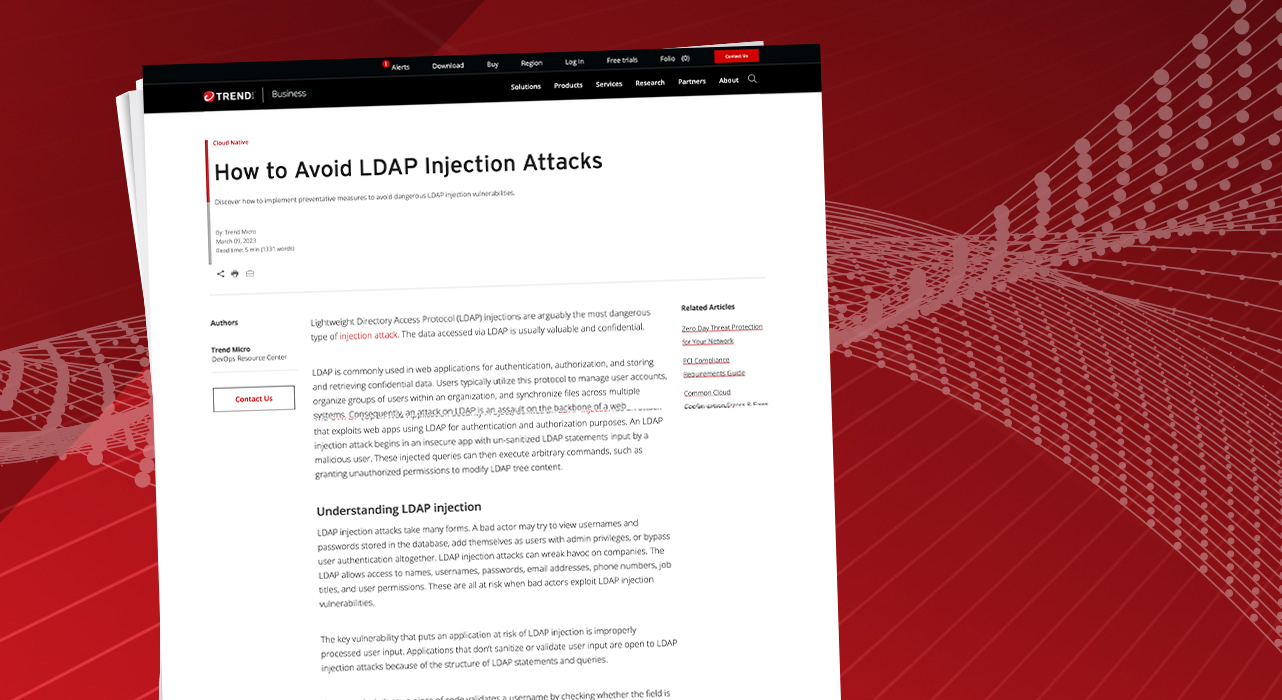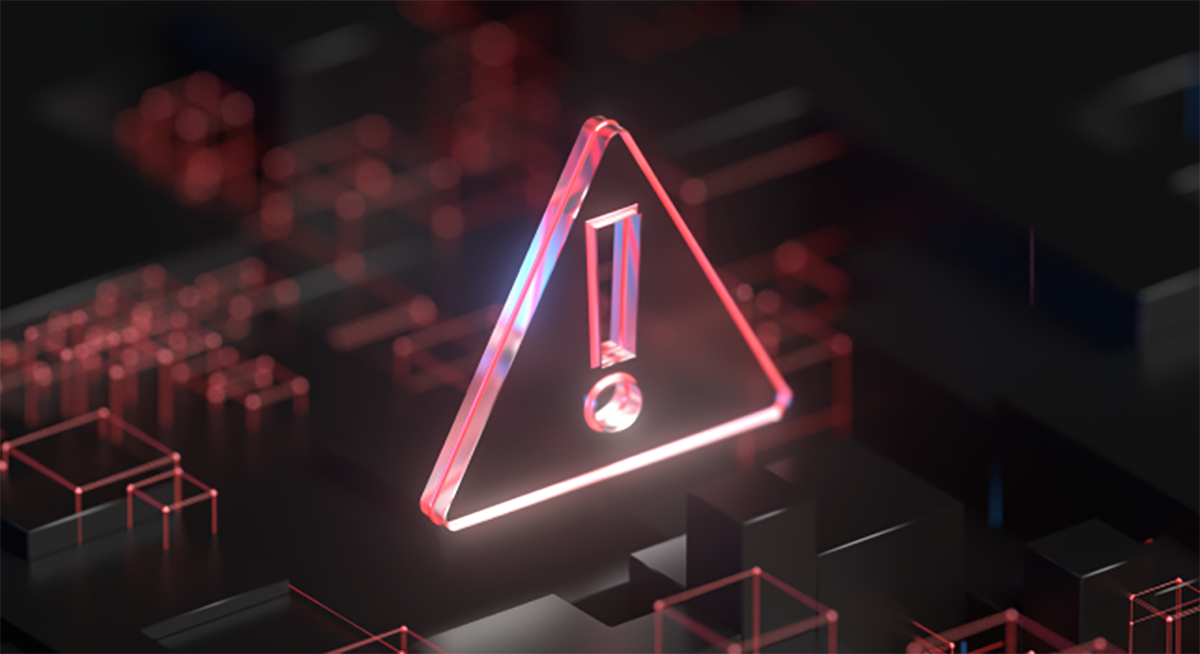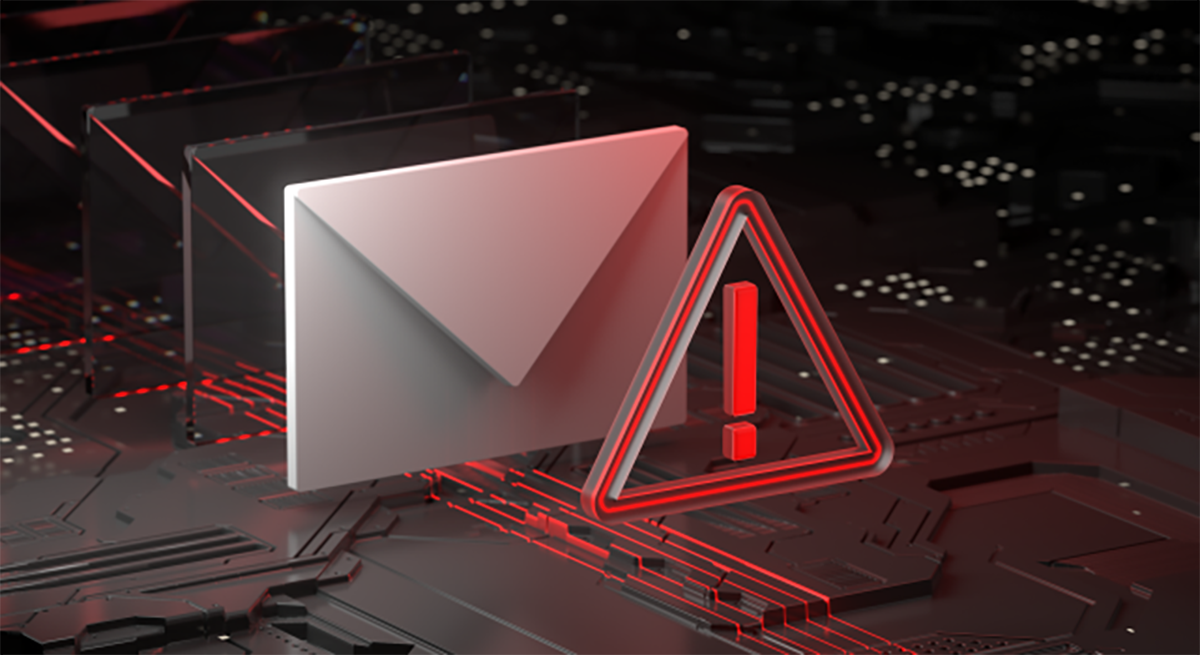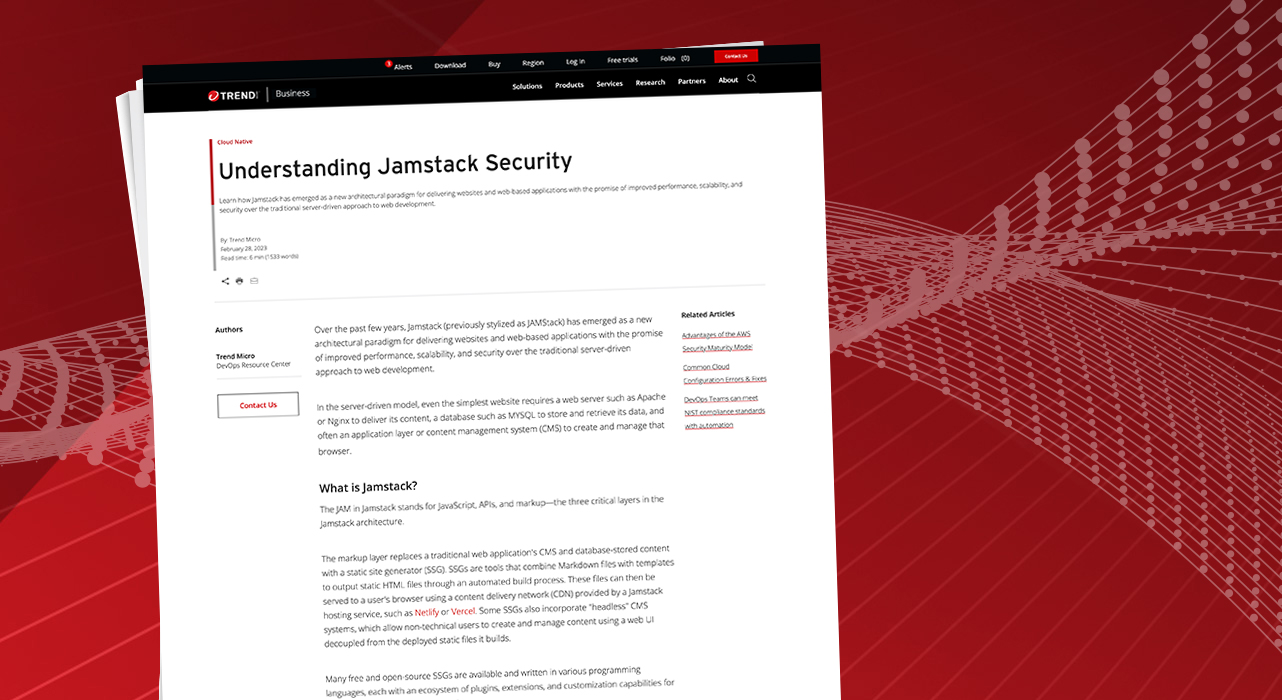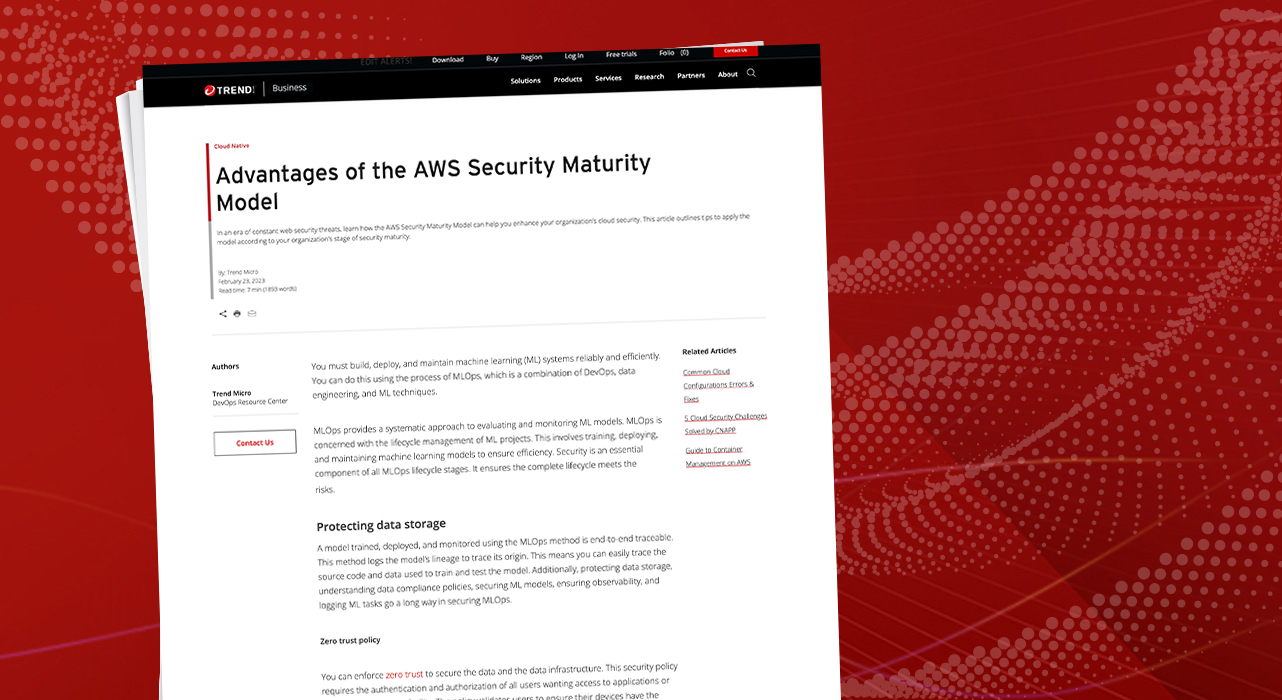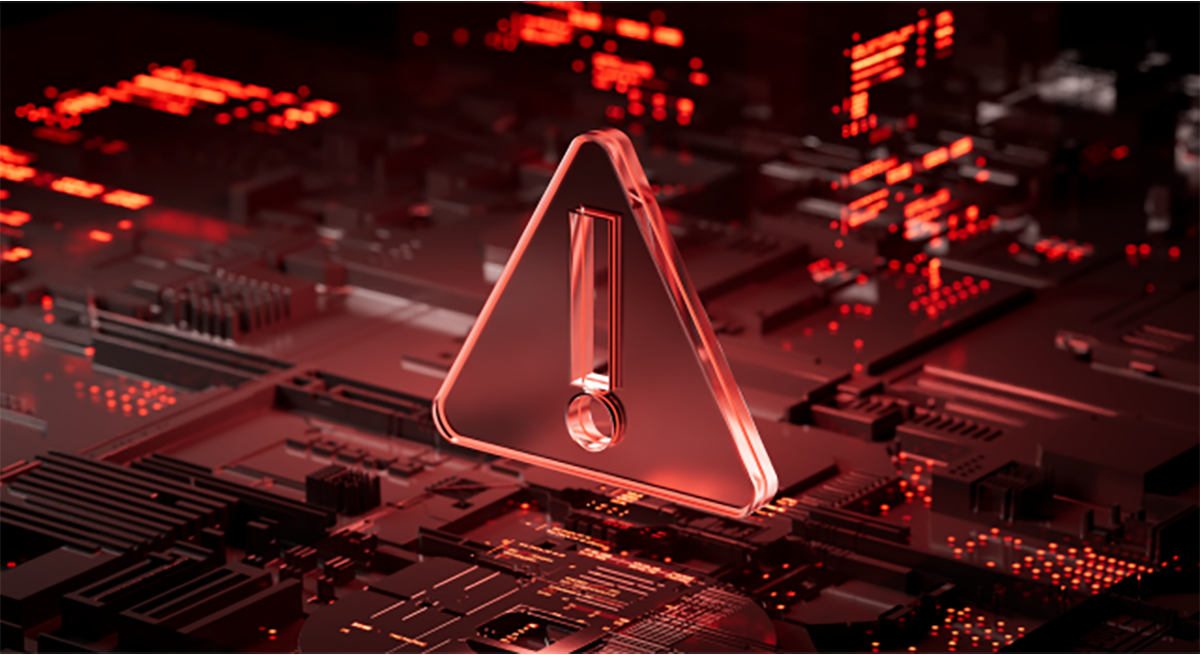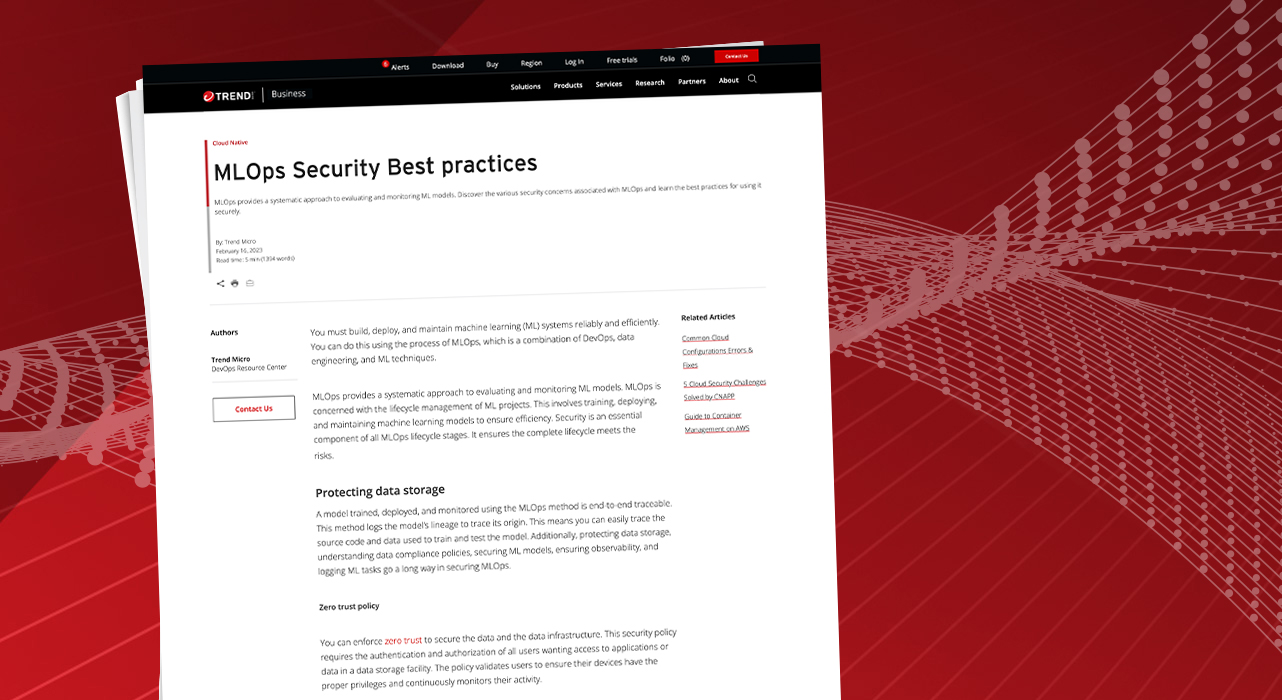How to Avoid LDAP Injection Attacks
Lightweight Directory Access Protocol (LDAP) injections are arguably the most dangerous type of injection attack. The data accessed via LDAP is usually valuable and confidential. LDAP is commonly used in web applications for authentication, authorization, and storing and retrieving confidential data. Users typically utilize this protocol to manage user accounts, organize groups of users within an organization, and synchronize files across multiple systems. Consequently, an attack on LDAP is an assault on the backbone of…
Read More
